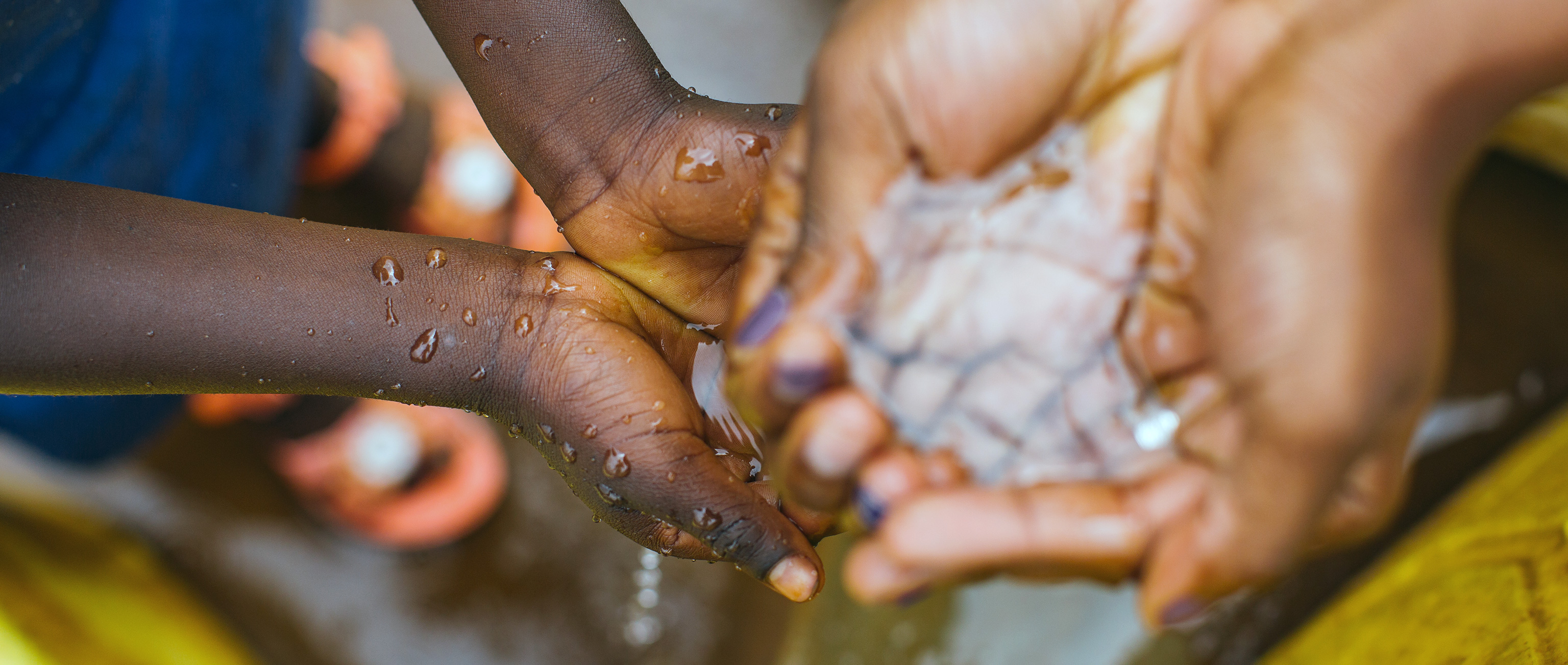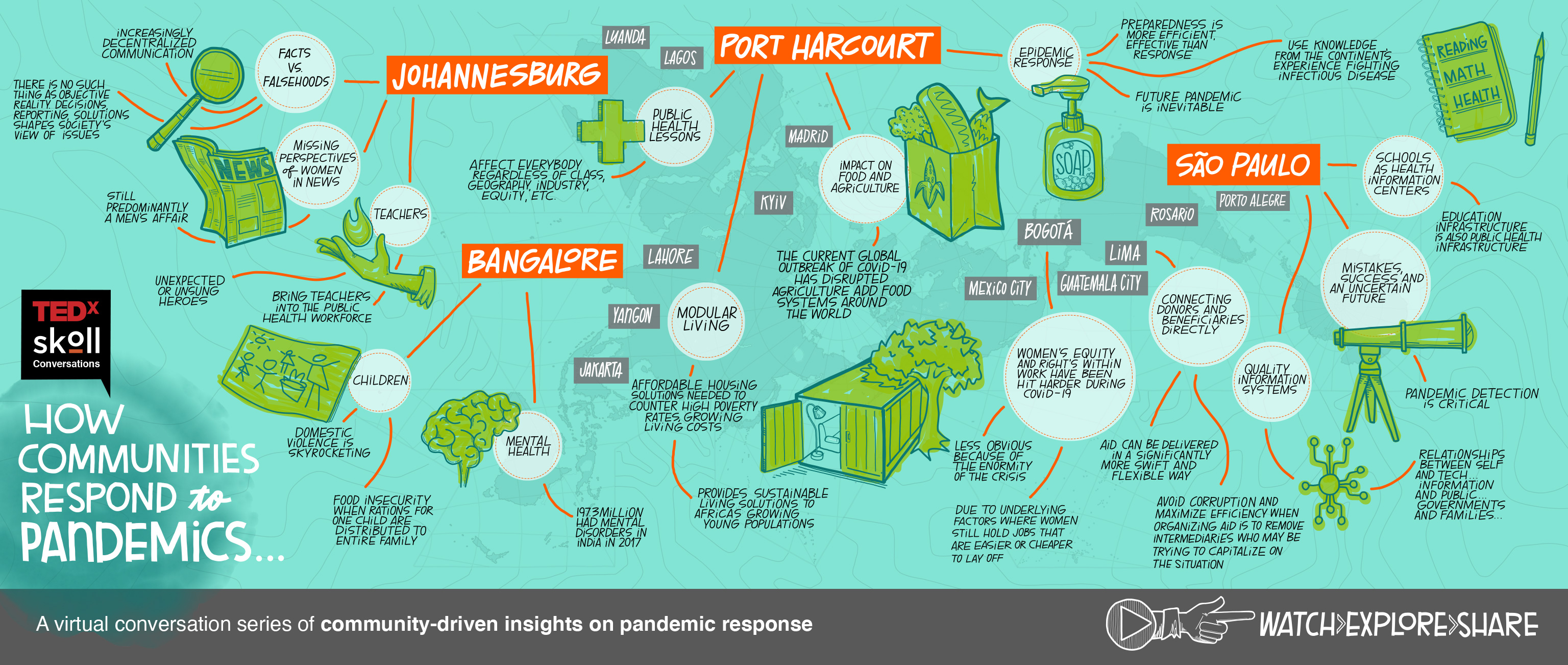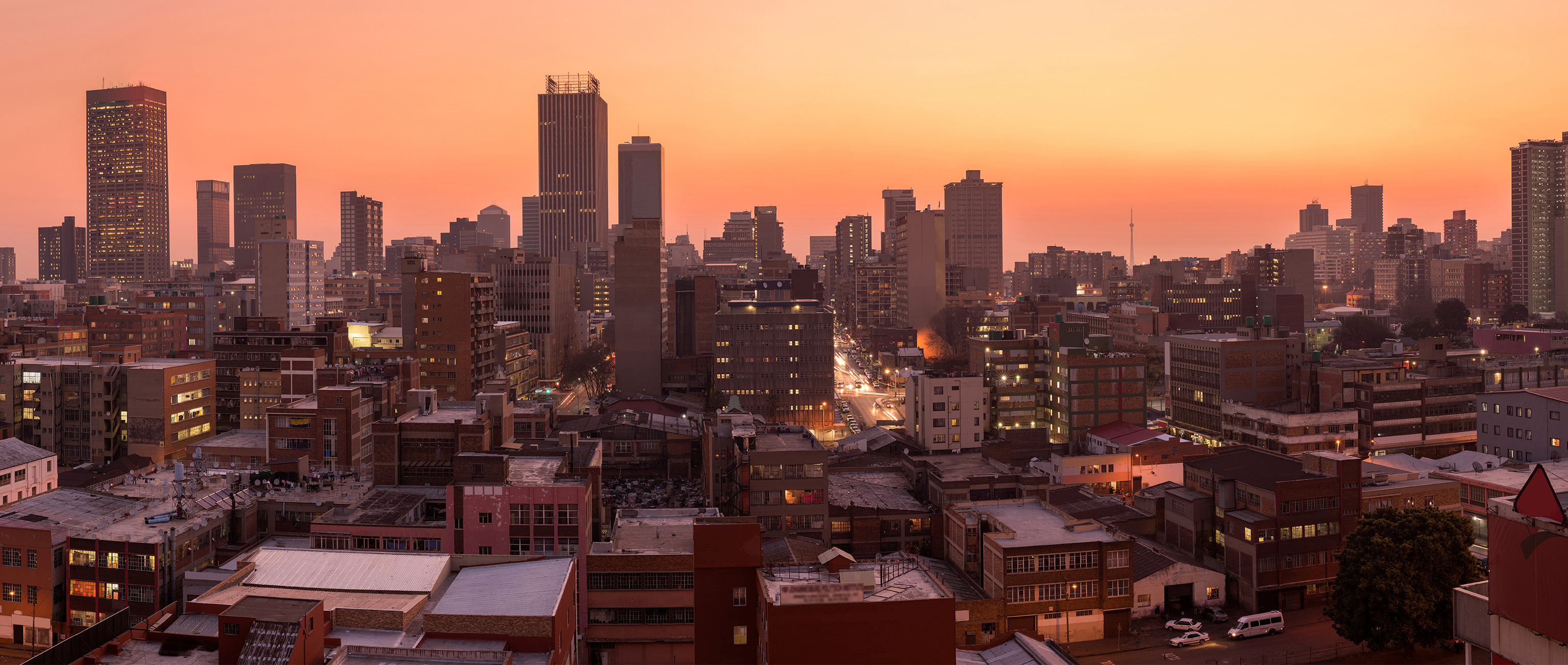Why Water and Sanitation are the Foundation for Sustainable Development
Water For People‘s goal is clear and ambitious: lasting quality water services for every family, clinic and school—forever. When people have access to clean water all the time, their lives change dramatically. And when entire regions and countries have reliable water services, the world changes.
Water For People has reached over 3.3 million people since 2011 with sustainable water services, and continues to expand access for millions more in need. Globally, some 2.2 billion people still lack safe drinking water. Water For People’s CEO Eleanor Allen is a professional engineer and a global water expert. Prior to leading a global nonprofit, Eleanor led global urban infrastructure design teams. She grew up proximate to water in Michigan, near Lake St. Clair in the Great Lakes region, so water runs deep in her personal history and continues to motivate her today.
With Stockholm World Water Week upon us, we thought this might be a good time to revisit a conversation we had with her a couple of years ago at the Skoll World Forum.
Scope of the problem
The problem we’re working to solve at Water For People is very big, but it doesn’t need to be. There are still 2.2 billion people in the world—close to one quarter of the global population—that don’t have access to safe water. More than half of people don’t have access to a toilet or proper sanitation. Having these basic services is something that most of us don’t even think about because they are invisible to us—always there. Yet billions of people wonder every day where they will get their water or where they’ll go to the bathroom.
The good news is that this problem is completely solvable. We have the technical know-how to solve it. Now we need the political will, the perseverance, and the national leadership to unlock the financial resources and make water and sanitation a national priority for all, country by country.
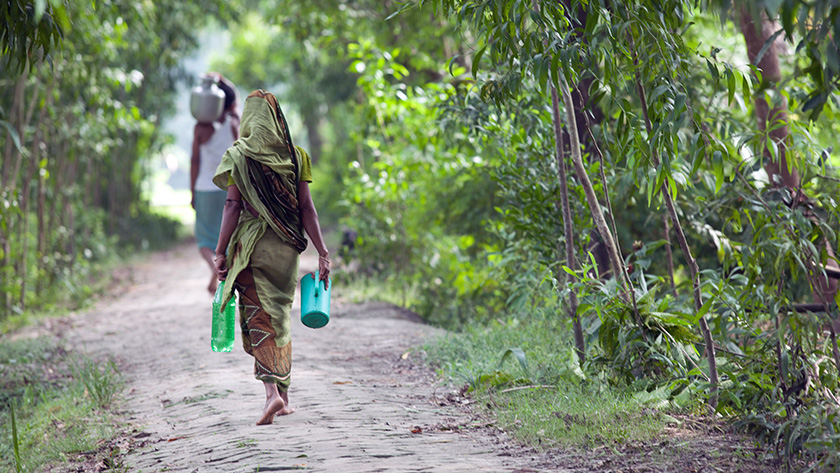
How to get there
The way to solve this global water crisis is one district at a time, working alongside leaders who have prioritized getting everyone sustainable water services. Water For People works at the local level, typically with a mayor in a district (which is like a county or a province). The mayor has relationships with community leaders throughout the district. Working directly with the mayor and community leaders, we agree on what the service area will be, where the water sources are, how they will be protected, and what the cost of service will be. Then we start building the infrastructure—but that’s the easy part.
The hard part is building the capacity of the people who will keep infrastructure working long into the future. To make sure services are sustainable, we work with the mayor’s office to set up the district water and sanitation office (which is the authority to oversee the service), and we help train the people who are providing the service (the operations and maintenance of the infrastructure). Part of the training is to set the correct monthly rate based on water used by consumers, via meter readings. The rate covers the cost of service and allows some money to be saved for equipment repair and replacement. In addition, the service provider monitors the level of service to its customers and maintains an inventory and condition assessment of its assets.
We also test the water quality to ensure the water is safe to drink, and we take necessary water treatment steps if it is not. Our work also includes creating a water resources management plan for each district. This allows the watershed and water supply to be protected so water can flow forever. Lastly, we help service providers develop supply chains for spare parts. It’s often difficult to repair equipment when it breaks if there are no parts available. That’s been a critical failure in the past and one of the biggest barriers to sustainability. All these components together form the impact model that we call Everyone Forever: Everyone has water that lasts forever.
How systems-change is life-changing
We wake up, we make our coffee, we take a shower, we put on clean clothes. We never think about life without water or a toilet. They are both always there—invisible services backed by systems. What would our lives be without them? Systems change is an equilibrium shift in the world of water and sanitation from self-supply (getting your own water at a creek or going to the bathroom in a field) to relying on quality services (piped water and toilets and home) that are supplied to each customer. It is a very distinct and life-changing shift.
Shifting this equilibrium to not having to worry about self-supply of water and sanitation is the foundation of a healthy and dignified life. Once this shift happens, health improves, access to education is easier, and children—especially girls— have time and the opportunity to stay in school instead of fetching water or searching for a safe and private place to go to the bathroom. Adults can devote their time to working and increasing their economic pursuits instead of wasting time fetching water. These changes improve the economic prosperity of entire communities. Water and sanitation are the foundation for sustainable development.
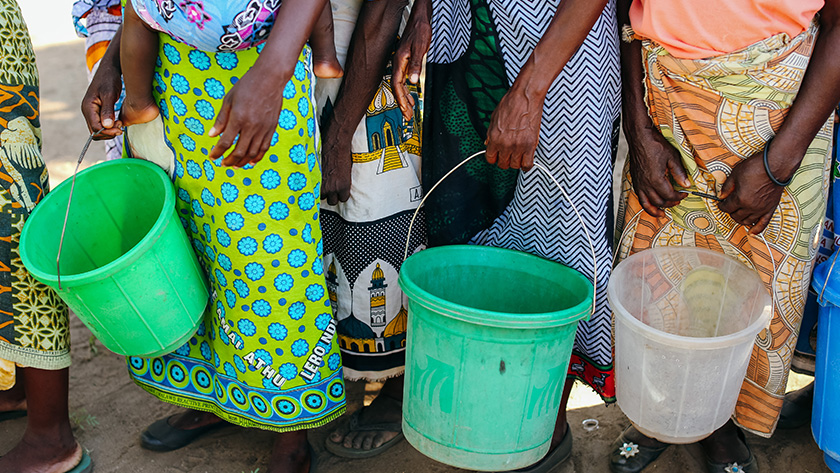
What stands in the way
First, we need high-income countries to be aware there is a water and sanitation crisis in low- and middle-income countries. Resources need to be shifted and allocated to solving this crisis. Today we know that globally we spend about $40 billion dollars a year on water and sanitation. Most of this comes from customers paying for water services. The rest comes from government, aid, private investment, and a tiny little sliver through philanthropy. If we can triple or quadruple the investment per year, we can solve this crisis by 2030.
There is a clear case for this investment. Investing in water and sanitation sets the foundation for all sustainable development. There is a five-fold increase in economic productivity for every dollar invested in water and sanitation. This is good for business. This is good for development. This is good for countries wanting to reach higher levels of GDP.
We have our target of Sustainable Development Goal 6: sustainable water and sanitation for all by 2030. We have a date, we have a goal, and we know how to do it. Now it’s about cultivating the environment of political will, perseverance, and leadership to unlock the financial resources and make water and sanitation priorities for countries at a national level. It can happen by replicating Water For People’s Everyone Forever model community by community and district by district, and by continuing to influence and create new policies that support sustainable WASH services. Water For People has demonstrated that it can be done and there is momentum toward the goal.
How water is the ultimate connecter
In these times of global turmoil, many countries, including my own, are retrenching and thinking “we just need to take care of ourselves.” But that won’t serve us in the long run. I believe that, as we progress and as the human population continues to grow, we need to be more interconnected. Water connects the world—a precious resource linking all humanity together.
Those of us with the ability to foster these connections are needed now more than ever. This is a crucial time to join together to create the positive bonds of sustainable development that can help stabilize countries. It all begins with water—water is the foundation of all life. It touches everyone. It crosses all political lines. Let’s use water as our tool to help create positive change in the world and move the world together instead of apart.
Want more stories of large-scale change on the world’s most pressing problems? Sign up for Skoll Foundation’s monthly newsletter.
